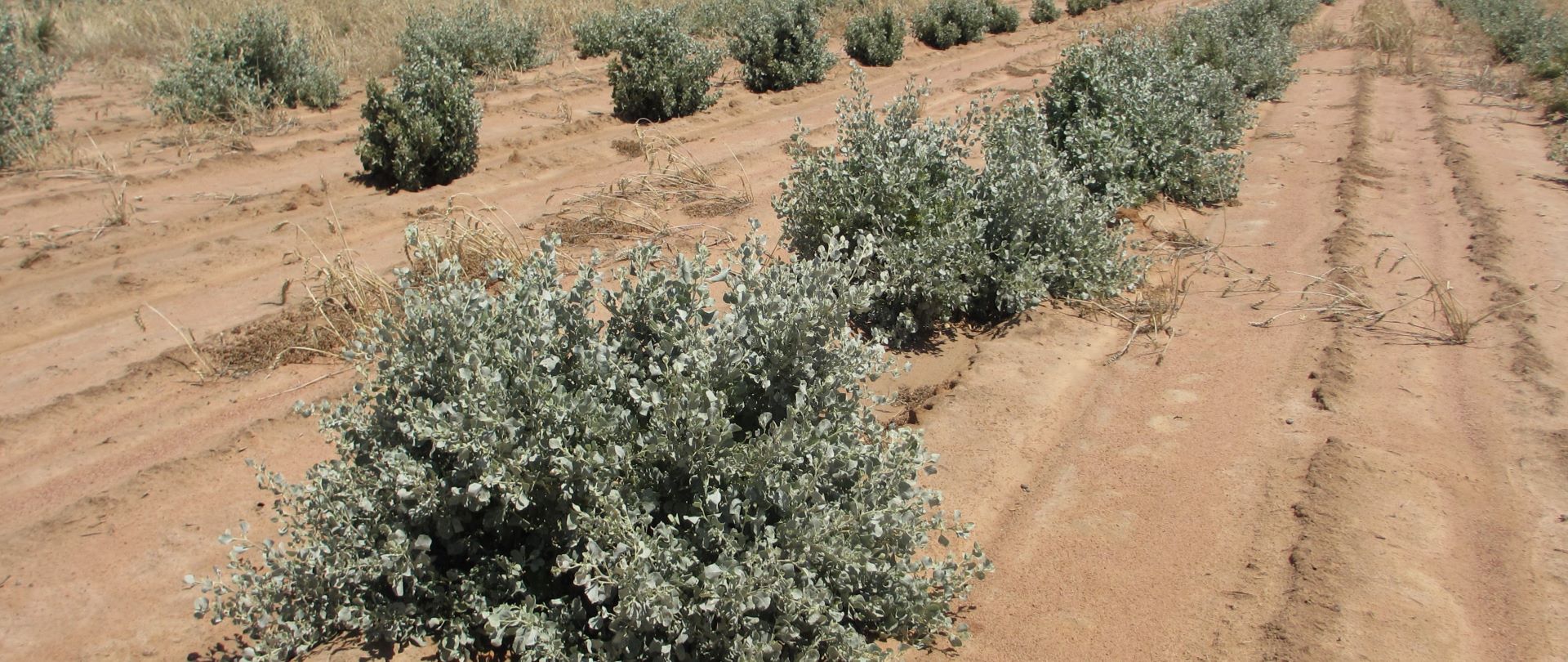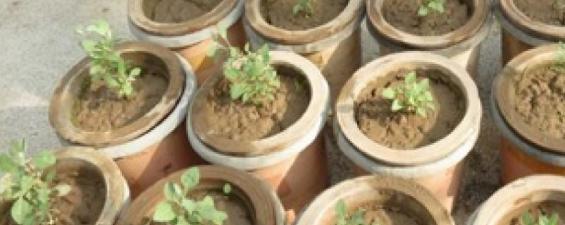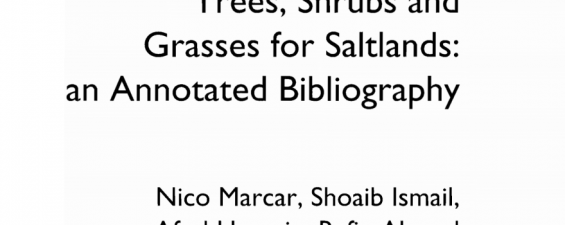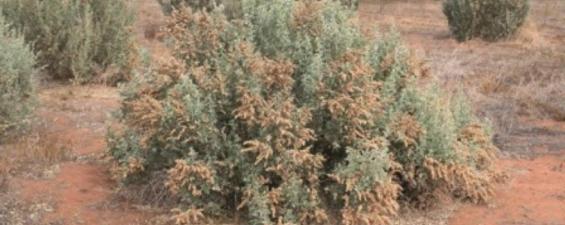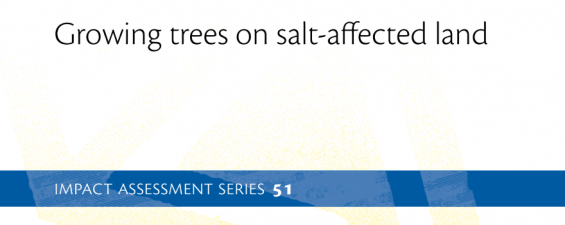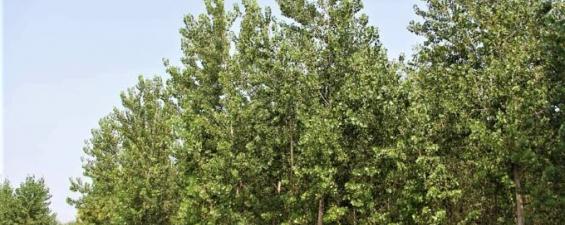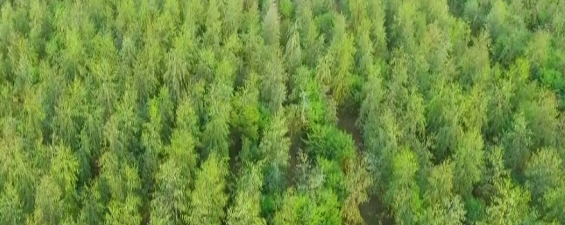Australia and Pakistan alike suffer from soil salinity. Australian science has partnered with local expertise since the 1990s to better understand the multitude of contributory factors. In some circumstances, growing suitable trees, such as Australian eucalypt species, can prevent saline groundwater from reaching and ruining the surface layers of soil. If soil has already turned saline, then salt-tolerant plants such as the Australian saltbush species have enabled farmers to successfully graze sheep and goats.
Background
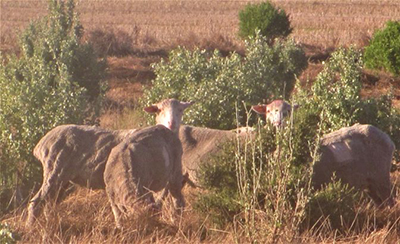
The earlier Forage and Forestry projects were part of a significant multilateral program facilitated by ACIAR. In 2007, an ACIAR Impact Assessment considered the impact of this broader program while reporting on one of the projects, FST/1993/016. This economic analysis noted the challenges in achieving rapid uptake of large-scale land use changes.
Previously, international research on plants for saline areas was reviewed at an ACIAR workshop in 1991. This ongoing collaboration resulted in a specialised “Guidebook on Saline Agriculture for Irrigated Land in Pakistan”. Published in 1998, this succinct, accessible account of saline agricultural practices is still highly relevent today. This was complemented in 1999 by “Trees, shrubs and grasses for saltlands: an annotated bibliography” (ACIAR Monograph No.56).
Legacy research
Forage on saline land
- FOG/1986/019 Forage shrub production from saline and/or sodic soils in Pakistan
- LWR1/1993/002 Forage shrub production from salt-affected soils in Pakistan
- LWR1/1997/016 Conjunctive water management for sustainable irrigated agriculture in South Asia
- SMCN/2000/013: Sustainable agriculture in saline environments through serial biological concentration
- LWR/2005/144 Optimising canal and groundwater management to assist water user associations in maximising crop production and managing salinisation
- LPS/2016/022 Potential of new Australian oldman saltbush varieties to fill ruminant feed gaps in arid and saline areas of Pakistan
The saltbush work has also been compiled on the Saltbush & Fodder page. The most recent review of this research was published in June 2019 as part of LPS/2016/022. This was in the context of (a) the potential of the Small Ruminants project to incorporate forage research into its program and (b) the availability of the AnamekaTM cultivar of oldman saltbush which has been selected for improved digestibility and palatability.
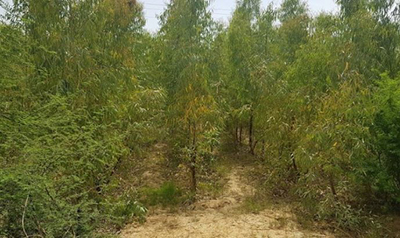
Forestry on saline land
- FST/1986/033 Australian woody species for saline sites in Asia
- FST/1993/016 Tree growing on salt-affected land in Pakistan, Thailand and Australia
There is strong interest globally in the use of trees to mitigate salinity and waterlogging – a technique known as “biodrainage”. However, there are also concerns about the planting of “the wrong tree in the wrong place”, which can lead to confusion and misinformation. Some recent science-based reviews are included in the resources for this page.
